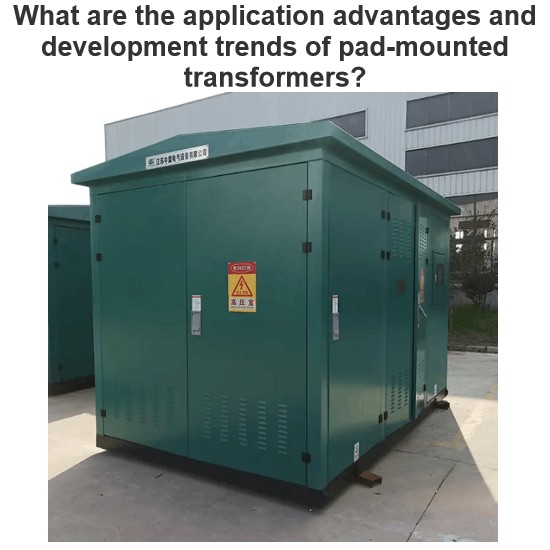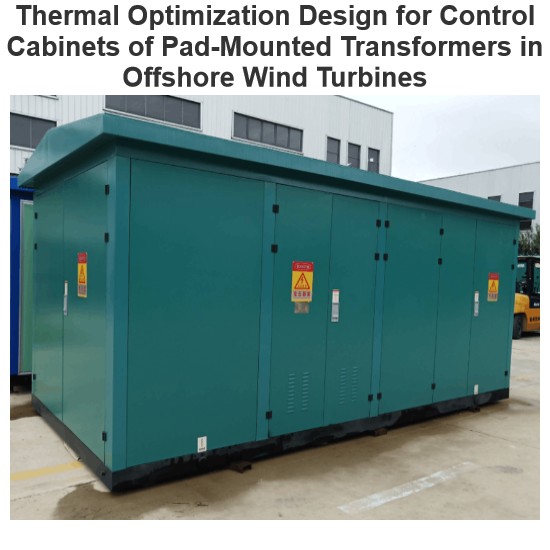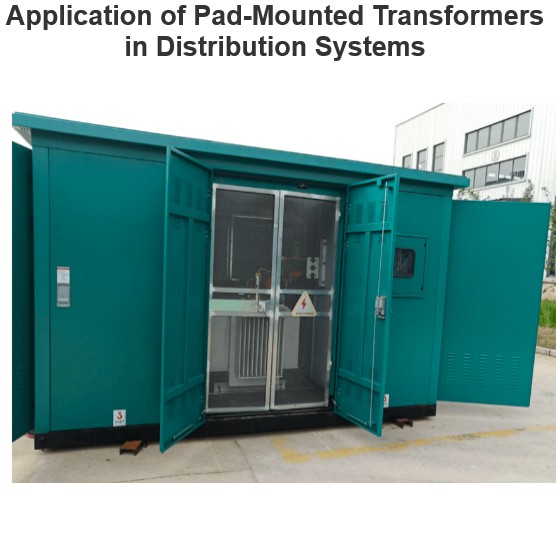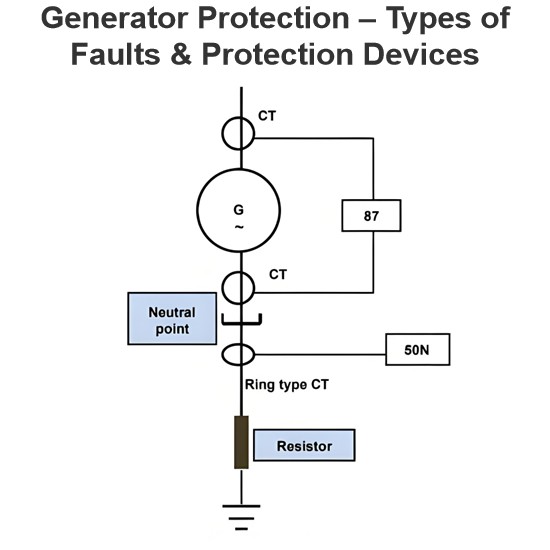What is Polarity Test of Transformer ?
What is Polarity Test of Transformer ?
Polarity Test Definition
A polarity test of transformer is a method to ensure correct polarity alignment when connecting transformers in parallel.
Dot Convention
The dot convention identifies the polarity of windings in a transformer, showing how voltage is induced.
If a current enters the dotted terminal of one winding, then the voltage induced on the other winding will be positive at the dotted terminal of the second winding.
If a current leaves the dotted terminal of one winding, then the polarity of the voltage induced in the other winding will be negative at the dotted terminal of the second winding.
Additive Polarity
In additive polarity, the voltage between primary and secondary windings adds up, used in small transformers.
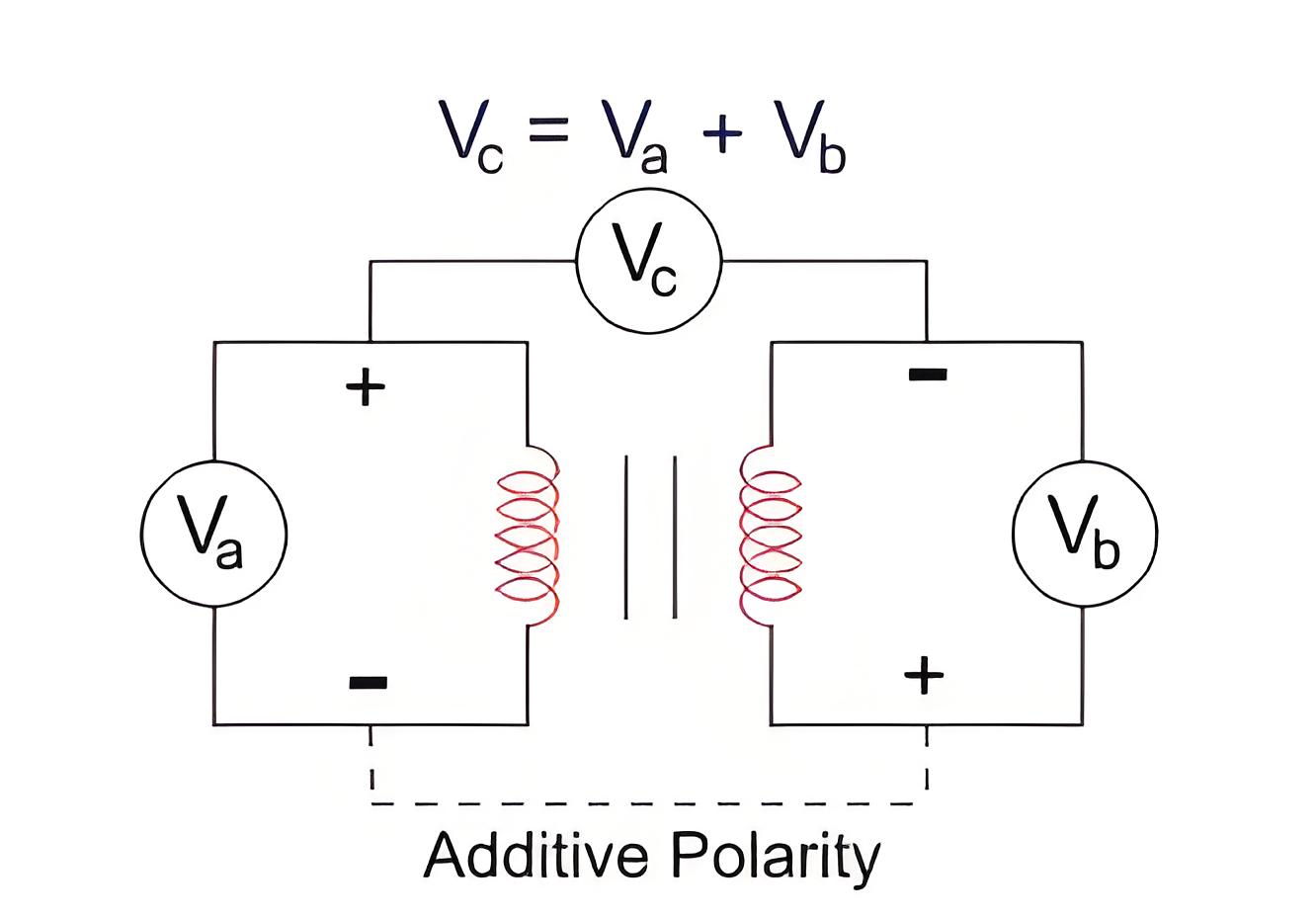
Subtractive Polarity
In subtractive polarity, the voltage between primary and secondary windings is the difference, used in large transformers.
Testing Procedure
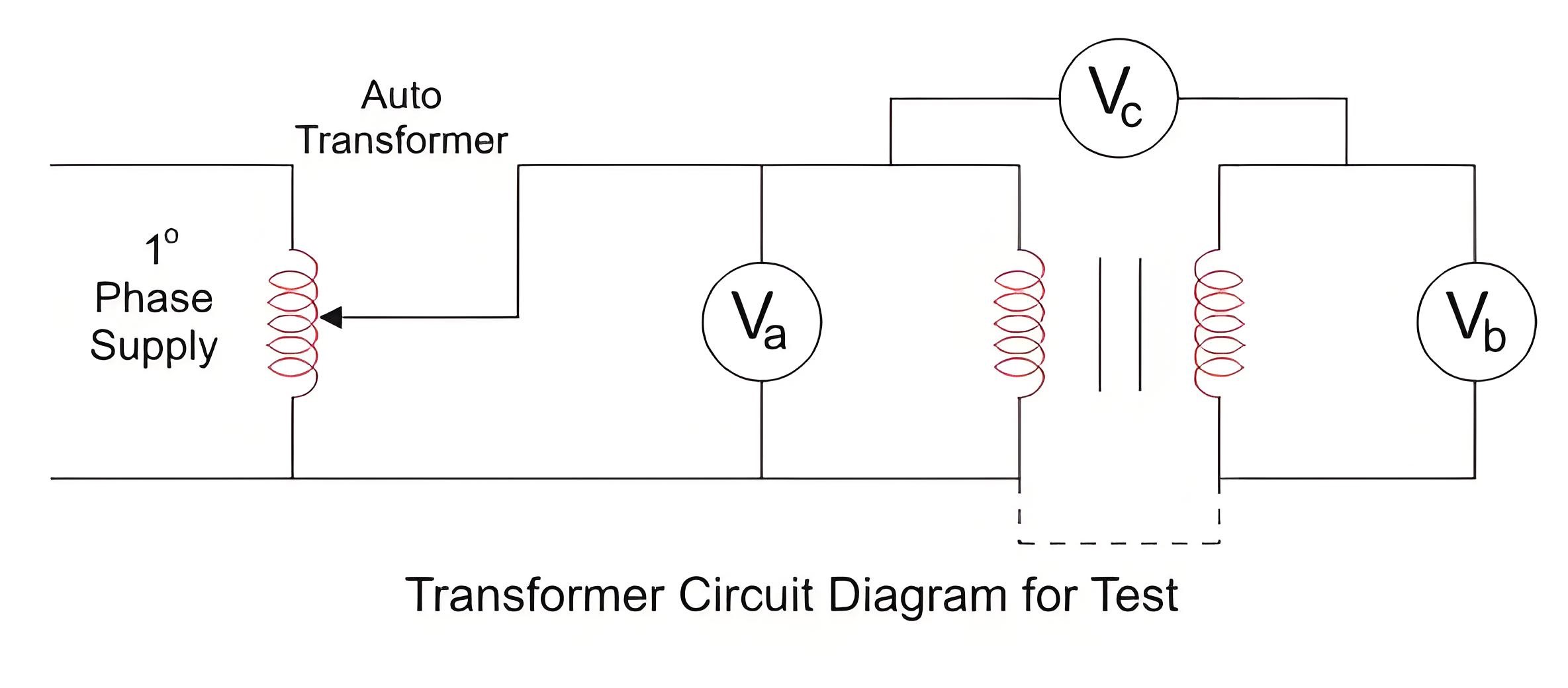
Connect the circuit as shown above with a voltmeter (Va) across primary winding and another voltmeter (Vb) across the secondary winding.
If available, take down the ratings of the transformer and the turn ratio.
We connect a voltmeter (Vc) between primary and secondary windings.
We apply some voltage to the primary side.
By checking the value in the voltmeter (Vc), we can find whether it is additive or subtractive polarity.
If additive polarity – Vc should be showing the sum of Va and Vb.
If subtractive polarity – Vc should be showing the difference between Va and Vb.
Caution
Be careful that the max. measuring the voltage of voltmeter Vc should be greater than the sum of Va (Primary winding) and Vb (Secondary winding) otherwise during the additive polarity, the sum of Va and Vb comes across it.
Note
If additive polarity is needed but we have subtractive, we can fix it by keeping one winding as is and reversing the other winding’s connections. The same applies if we need subtractive polarity but have additive.
The Electricity Encyclopedia is dedicated to accelerating the dissemination and application of electricity knowledge and adding impetus to the development and innovation of the electricity industry.
